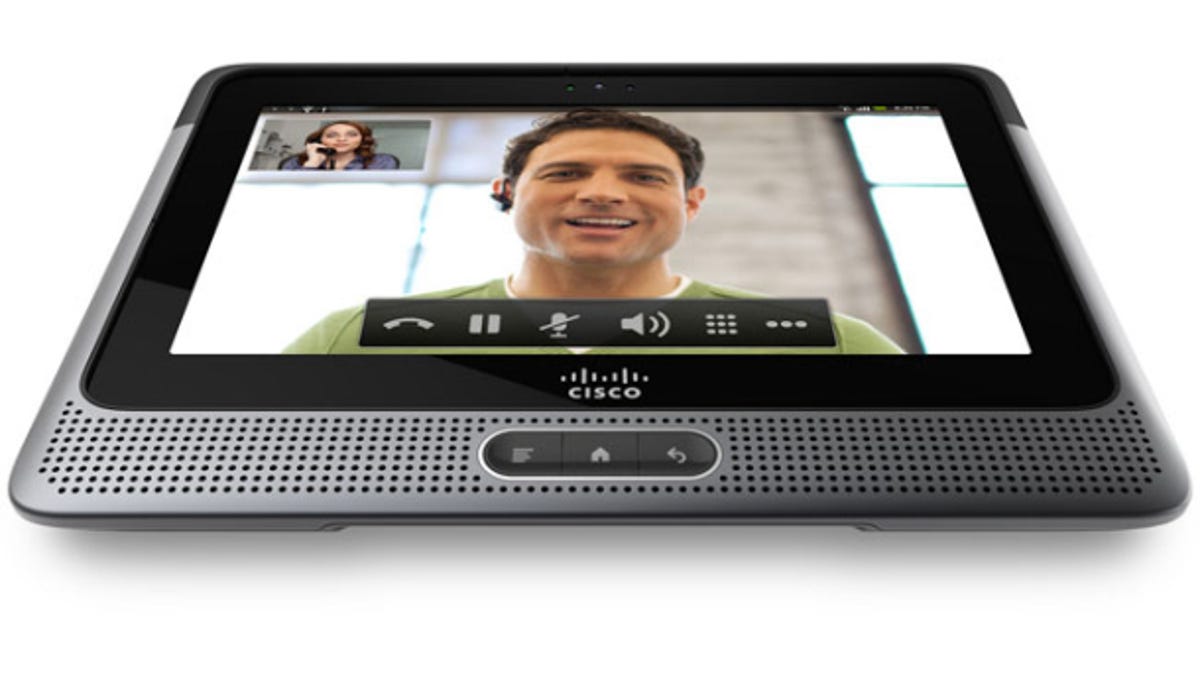Cisco bringing Cius Android tablet to AT&T
The companies say the tablet will launch on AT&T's HSPA+ network in the fall. The device features a 7-inch display and is designed for business users.

The Cisco Cius tablet will connect to AT&T's HSPA+ wireless network when it launches this fall, the companies announced today.
Cisco Systems' upcoming Android-based tablet, which boasts a 7-inch display, is designed with business users in mind. The device will support Cisco's collaboration software, and thanks to its dual cameras, allow for video conferencing over Cisco's TelePresence service. Outside of that, the tablet will work like most others, offering Web browsing, e-mail, and the ability to store content on its 32GB of internal memory.
Cisco's partnership with AT&T doesn't end with wireless connectivity. The companies also said they're "collaborating" to enlist the help of third-party developers to bring business-focused applications to the tablet.
Cisco first unveiled the Cius tablet last summer. At the time, the company said the device would sell for less than $1,000. However, Cisco has yet to reveal pricing for the tablet. AT&T also failed to say how much it will charge for access to its HSPA+ network from the device.
As Cisco prepares to launch its business-focused tablet, the company is shifting away from the consumer market. Last month, Cisco announced it was killing off its Flip video camera business and focusing its operation on "core routing, switching and services, collaboration, architectures, and video."
In addition to discontinuing the Flip, Cisco also announced it was initiating a "refocus" of its home networking operation and moving its in-home Umi video conferencing service to its business-focused TelePresence product line.

